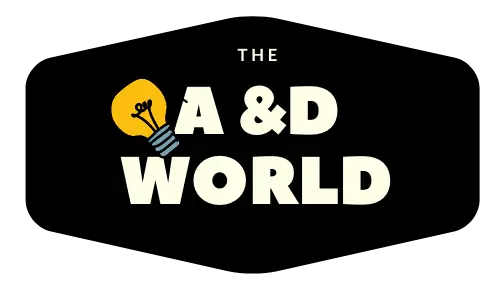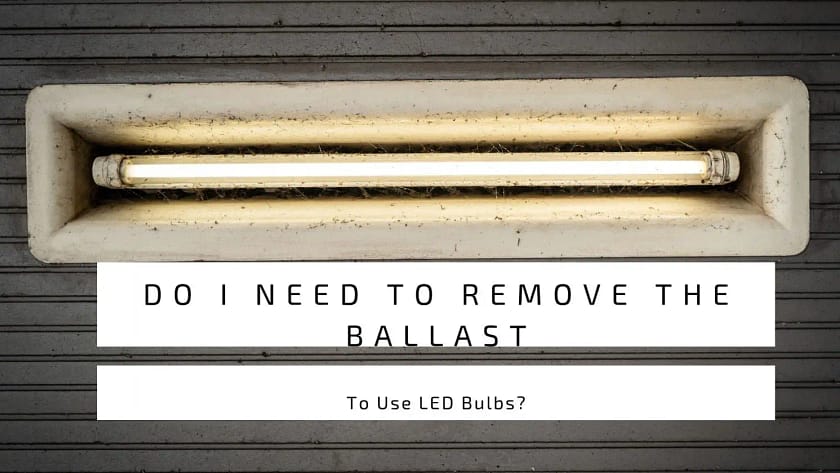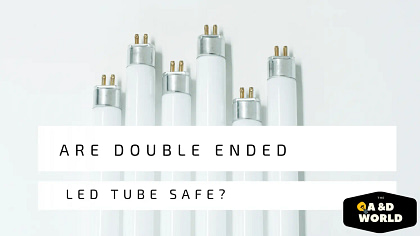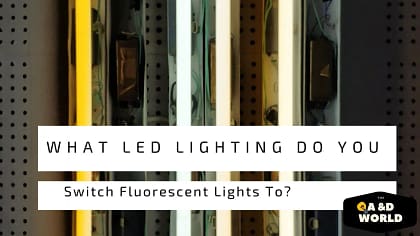LEDs are available in many sizes, and they are in various applications, from home lighting to medical devices. Recently LEDs, are the number one lighting choice in America due to their energy-efficient qualities. Moreover, the cost of LEDs has dropped dramatically over the last decade.
Some are made for general illumination purposes, while others are for specific uses, such as automotive headlamps or traffic lights. Because of their easy design, LEDs do not require a ballast. Ballasts are common in fluorescent and HIDs lighting thus, if you don’t know what they are here’s a breakdown.
A ballast regulates the amount of electricity flowing through an electrical circuit. With fluorescent light bulbs, the current is limited by the tubes inside the bulb so, it can produce light. This process protects the bulb from high voltage.
Will LEDs work with ballast?
A LED bulb does not need a ballast to function properly. It doesn’t control the brightness by adjusting the current and voltage. Fluorescent bulbs use an electronic ballast that regulates both current and voltage.
Instead of ballast, LEDs use drivers inside that serve a similar function to ballasts. The driver is part of a LED lightbulb: so there is no separate component for this feature.
Also, CFL is an advanced version of fluorescent fixtures and has drivers built into them. Let’s not forget retrofit LEDs we use in our old fixtures have drivers and do not need ballasts.
Do I Need To Remove Or Bypass The Ballast To Use LED Light?
No, Plug and Play LED bulbs can operate in a fluorescent lamp base. But, if the ballast is an integral part of your current lighting system and you want to use ballast-bypass LED tubes then, remove the ballast.
It could cost you or take up some valuable time if you don’t know how to replace them. Besides, you can not switch back to fluorescent lighting because there will be no ballast to regulate the current.
That is why there are Plug and Play light bulbs that operate with the ballast intact; no need to rewire the fixture or remove any vital parts. They still ensure that the ballast does its job of regulating the current to prevent overheating.
If for any reason, you have to switch back to fluorescent bulbs, then you can, without any issues. However, LEDs are cheaper to have in the long run and good for the environment.
Can a Type A LED tube be used without a ballast?
Yes, Type A or Plug and Play tubes need ballasts to operate.
These type A tubes are also Plug and Play and are ballast compatible. So, you don’t have to remove your fixture ballast. However, not all Type A are compatible with every ballast. Thus, finding a tube that works with your fixture’s ballast is essential.
Ballast Compatible Vs Ballast-bypass LED Tubes
Ballast Compatible
- Replace fluorescent tubes without changing any circuits.
- They consume more electricity.
- Type A needs to be compatible with the ballasts.
- Ballast compatible tubes have a short lifespan.
- Cheaper to install but costly in the long run.
- Concerns of fail ballasts.
Ballast-bypass LED Tubes
- Ballast bypass does not need a ballast to operate.
- The ballast must be removed and changed from shunt socket to non- shunt socket.
- Additional installation cost and needs a licensed electrician.
- No ballast maintenance.
- Ballast bypass tubes have a long life span of 50,000 hours.
Is it worth replacing fluorescent tubes with LED?
The world is changing, and the need for fluorescent lighting has lower drastically. While it was the most energy-efficient option before LEDs, it isn’t best for the environment or your pockets.
Converting to T8 LEDs has many advantages. Below are some points that will put your mind at ease during your transition. Let’s begin with the environment: fluorescent tubes contain mercury vapor and phosphate, which is bad for the environment. Thus, they need special care and expensive disposal.
Moreover, fluorescent is glass, so they break easily compared to LEDs that are plastic base.No, lights in the market can compete with LEDs’ 50,000 hours lifespan, not even fluorescent fixtures (20,000).
Having fluorescent means expensive upkeep such as ballast failure care plus, the tube itself is costly. They take a longer time to reach their full brightness after a long time being off.
The Pros And Cons OF Switching Fluorescent tubes with LED
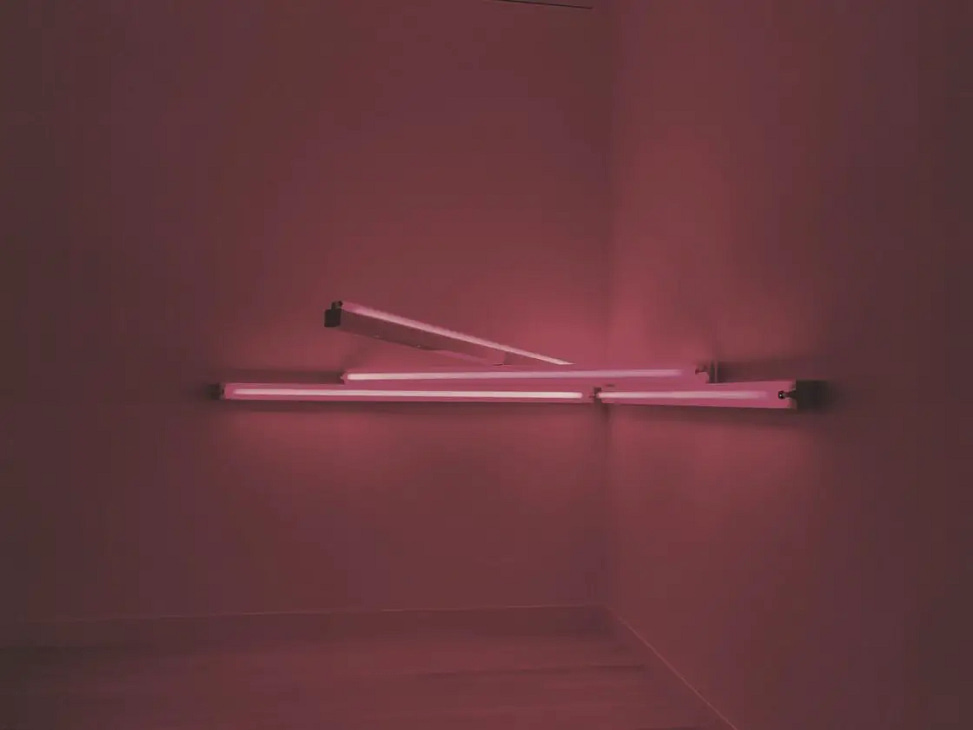
Now that we explore the disadvantage of having fluorescent tubes, let us check out some reasons for converting to LEDs. Changing out your old tubes to T8 means there is no need for expensive disposal.
Simply carry them to your nearest recycling store. We already stated that LEDs last longer than fluorescent tubes, but they are also cheaper in the long run.
It’s the modern route to take if you are planning to convert to LEDs as they produce great color temperature and range. Plus, some are available with smart features.
These tubes can work with any temperature and always at their full brightness. LEDs produce less heat and require little maintenance. Further, these lights are stronger than fluorescent and emit no UV emission.
The upfront cost of switching to LEDs is expensive because of the cost of the tubes. But overall, converting to LEDs is the best choice you can make.
Some T8 LED Tubes I recommend:
Below are a few LEDs I recommend to my friends and family. You can find them all at Amazon.com
To Recap,
You do not have to remove your fixture ballast to install LEDs because of the invention of Plug And Play. But if you want to use ballast-bypass tubes, then rewiring your lights is a must. This route is expensive, but you don’t have to worry about ballast compatibility or failure.
Lastly, there are many benefits of converting your old fluorescent tubes to T8 LEDs: these include longer lifespan, better color temperature, excellent for the environment, and cheaper to run.
